Search Results
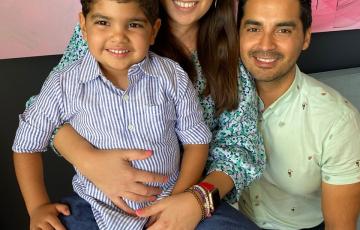
Leo
Five-year-old Leo was diagnosed with T-cell acute lymphoblastic leukemia (T-ALL) in June 2019. His parents had noticed bruising on his legs, petechiae around his eyes, fatigue, and shortness of breath, but because the symptoms didn’t present all at once, they didn’t think it was anything serious. Thankfully, on a Friday afternoon, Leo was due for a check-up where the nurse noticed the bruising on his legs and ordered a blood test.

Mary Elizabeth
When Mary Elizabeth was 10 years old, she noticed a large lump on her neck. Her parents also noticed her lack of energy, but doctor after doctor couldn’t find anything wrong.
“On a family vacation, she wasn’t looking right, and we took her back to the doctor and insisted on bloodwork. The doctors were convinced it was mono,” said Mary’s mother, Mandy.
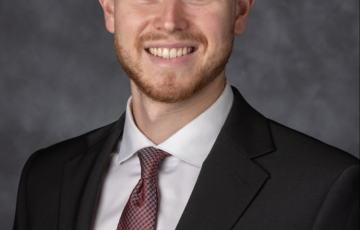
Ryan
At 22 years old, I was diagnosed with acute myeloid leukemia (AML). My first hospitalization was a month long which was followed by four more hospital stays for my chemotherapy treatments. In between each of those hospitalizations were home nursing visits, blood transfusions, doctor’s appointments, and even more hospitalizations to treat potentially life-threatening infections. I lost a total of 40 pounds throughout those months. Despite the many struggles I encountered during those months, I was able to successfully complete my treatments.
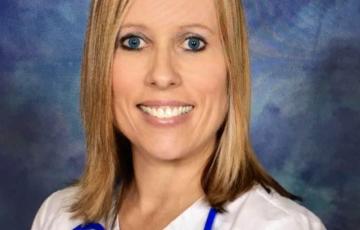
Nicole
I’m an eight-year survivor of leukemia. I was a happy, healthy young adult. I noticed my body was bruising, and I would fall asleep at work. I didn’t think anything of it, but the bruising kept coming. I have twin girls, and on their birthday, July 1, I went to the ER. They ran all kinds of tests. I felt fine actually. They came back and were talking about white blood counts and oncologists. I knew right then and there it was cancer. I had an appointment with an oncologist on July 5, my mom’s birthday, and went back to the ER. This time I was admitted. I had no idea what was going on.
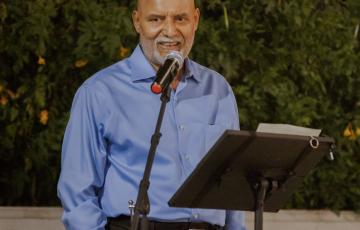
Kailash
On April 20, my 79-year-old father was diagnosed with acute myeloid leukemia (AML) after a routine blood test. A scientist, he explored all of his options thoroughly. The Leukemia & Lymphoma Society (LLS) was instrumental in providing us with accurate, up-to-date information about AML. He has chosen to prioritize his quality of life. Instead of chemo, he is spending his final chapter with friends, family, and favorite activities.
Christopher
Chris was diagnosed with T-cell acute lymphoblastic leukemia (T-ALL) in January 2022. He underwent several rounds of chemo and a bone marrow transplant (his sister was a perfect match!) to put him in remission in May 2022. During the course of his remission, we bought a house, got married, and planned a wedding until he relapsed one year to the date of his initial diagnosis.
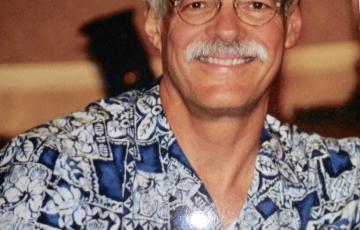
Don
My Uncle Don Parker is my hero, and my favorite uncle as well, who just never gave up on himself and others. And when he got sick and passed away with chronic lymphocytic leukemia (CLL) in 2001, I was inspired to do a Team In Training (TNT) marathon in Honolulu, Hawaii, that same year in December 2001. I was only able to do 15 miles then, but now I've done eight TNT half marathon events, and this summer it will be my 20th anniversary for doing TNT.
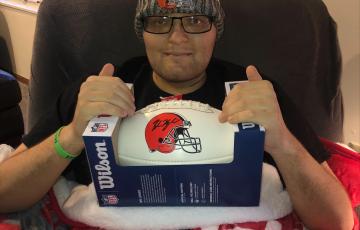
Michael
On January 3, 2020, I was diagnosed with Burkitt’s lymphoma(BL)with brain metastasis, and kidney and liver failure. During my four rounds of chemo, I had gone septic three different times, acquired nerve damage, and lost the ability to walk. After going into remission on August 6, 2020, I was tasked with relearning to walk. From April 2020 to January 2021. I was wheelchair-bound. Now as of Christmas 2021, I am walking on my own and in complete remission. The Leukemia & Lymphoma Society (LLS)gave my family so much help during my journey.
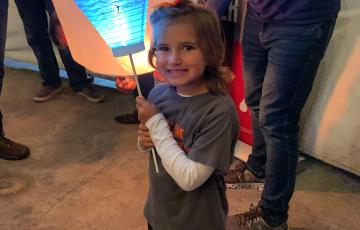
Eliza Cate
Our daughter Eliza Cate (nickname is Pickle) was diagnosed with acute lymphoblastic leukemia (ALL) at the young age of three. She's currently in remission and will celebrate five years of being cancer-free in March 2025. She has been an inspiration to so many, and now we have shifted to supporting other families here in Charleston, South Carolina, through our very own local non-profit called Pickle's People. Our three pillars are Awareness, Advocacy, and Assistance.
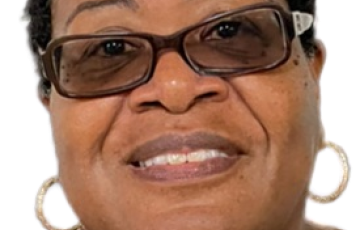
Lucille
I was diagnosed with chronic myelomonocytic leukemia (CMML) in October 2019, at the age of 57. After experiencing months of symptoms such as severe fatigue, bruising easily, and shortness of breath.
Jackson
Jackson was diagnosed on December 31, 2016 age eight with Philadelphia positive acute leukemia. Doctor's said he wouldn't live long and transferred him to Children's Health Care of Atlanta where he spent the next year hooked to machines, receiving platelets and a horrific chemotherapy regiment.
He was given the green light to come home with high restrictions and no contact instructions. He lost many friends as he lost his hair. It hasn't been easy by any means for him, his sister or myself.
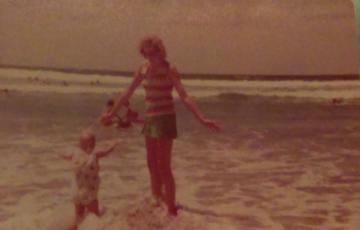
Dawnya
This is me and my bald head on vacation in California. I was diagnosed with leukemia when I was 2 1/2.
My parents made sure that my life was as normal as possible. One of my favorite comments that my parents said was Dawnya Kaye always mind your manners. They did not tell until later the story behind that saying. I was raised to be polite and say please and thank you.
My parents informed the adult me why growing up with good manners was so important to them. What happens if I survive my cancer, they did not want to have a little monster on their hands.
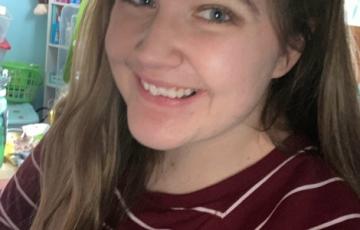
Amanda
I have been through quite a bit dealing with multiple health problems before hand going through traumatic changes not understanding why life ended up this way but sometimes God gives his hardest moments to a strongest people.
Being diagnosed with leukemia was one of the most hardest moments ever. It has been the most horrible thing ever dealing with uncertain symptoms almost dying multiple times continuously holding on for life hoping that I don’t die.
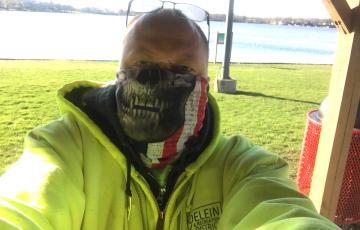
Tony
I was diagnosed in 2016 with multiple myeloma (MM) and was able to get a bone marrow transplant in 2017. After I recovered, I was cancer-free for five years. Then two years ago, my cancer came back, and I am now going through with two types of therapies to keep things at bay and doing well. Besides the ups and downs of working full-time and cancer coming back, my oncologist who saw me through retired last December, and I got a new one. However I was not happy and started seeing one of his associates and really liked her, but she is now leaving the practice in two weeks.
Finances and Insurance Coverage
Healthcare costs are a key concern for most people with blood cancer. Many patients don't have health insurance, and for others, coverage is limited. If you have health insurance, it's essential that you know what your plan covers and how to maintain your benefits.
Where to Start
You and your family will need to decide how to pay for treatment while managing household finances. You probably also need to consider additional indirect costs, such as lost time from work, childcare and travel expenses.
End-of-Life Care
Awareness and discussion of end-of-life issues is an important aspect of care for any serious illness and helps improve quality of life. Talk to your child’s healthcare team about treatment goals and any concerns you have related to prognosis, treatment outcomes and end-of-life care.
Disease Complications
In medicine, a complication is a medical problem that occurs during the course of a disease or after a procedure or treatment. Possible complications of ET include:
Treatment Outcomes
Treatment results and outcomes vary among patients. Newer treatment therapies, better supportive care and studies of new drugs in clinical trials are all contributing to improved outcomes and quality of life for people diagnosed with blood cancers.
Clinical Trials
Taking part in a clinical trial may be the best treatment choice for some MDS patients. Clinical trials are under way for all MDS-risk types. Today's standard treatments for cancer are based on earlier clinical trials. LLS continues to invest funds in MDS research.
Click here to read more about clinical trials.

Tim
It was December 2006. I was 28 years old, and I discovered some purple bruises on my leg. I had never seen anything like these on my body before, so I went to my primary care physician. He took some bloodwork, then called me to say I needed to go to the hospital at once. My parents’ friend drove me and my parents to the hospital, and I ended up staying at the hospital for four days.
Treatment for Indolent NHL Subtypes
Indolent non-Hodgkin lymphoma (NHL) subtypes progress slowly. They make up about 40 percent of all NHL cases in the United States. Indolent subtypes include:

Karley
Back in 2017, my sister Karley was diagnosed with acute lymphocytic leukemia (ALL). It was a huge shock to her and our family as up until that point she was a healthy 25-year-old woman. She went through a tough battle, including losing her spleen, countless spinal taps, infections, etc. But in November 2017, she received a stem cell transplant (from me! I was a 100% match), and she entered remission. Well, fast forward to this year, Karley just got married to her partner, Allie, and is a labor and delivery nurse at Hartford Hospital in Connecticut.
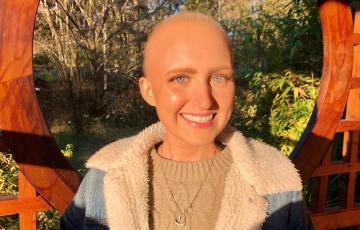
Johanna
On April 5, 2019, my life changed forever. What started as a simple ER visit for some light chest pain turned into a two-and-a-half-year battle with acute lymphoblastic leukemia (ALL). During treatment, I had many ups and downs but pushed myself through online courses at my university. One of the many things that brought me joy during this time was how much support I had from friends, family, and even complete strangers. My university held a Light The Night (LTN) event, and it was amazing seeing all the support from my community.
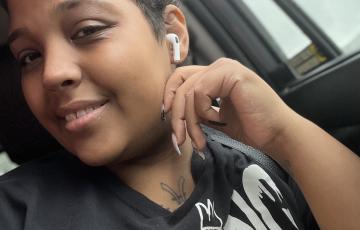
Arlena
I’m 31 years old. At the age of 30 at the end of summer 2022, I was diagnosed with acute myeloid leukemia (AML). The experience I had and am still going through is a battle every day of my life. I was told I had to have chemotherapy, and I experienced hair loss, my skin changing color, and now have very bad stomach problems. I made it through 10 different chemotherapy sessions, and I got a phone call in December 2022 that I had a bone marrow donor. So, in January 2023, I started chemotherapy again, and on January 19, I got my bone marrow transplant. It was the second birthday for me.
Esther
In November 2011, I was diagnosed with multiple myeloma and received a stem cell transplant in April 2012. After recovery, I continued medical care with my local oncologist.
In the summer of 2014, my lab results caused concern. After two bone marrow biopsies, I was diagnosed with acute lymphocytic leukemia (ALL) in January 2015. My doctor was shocked. The plan of treatment was chemotherapy and eventually a bone marrow transplant. Due to complications from chemotherapy treatment, the bone marrow transplant was off the table.